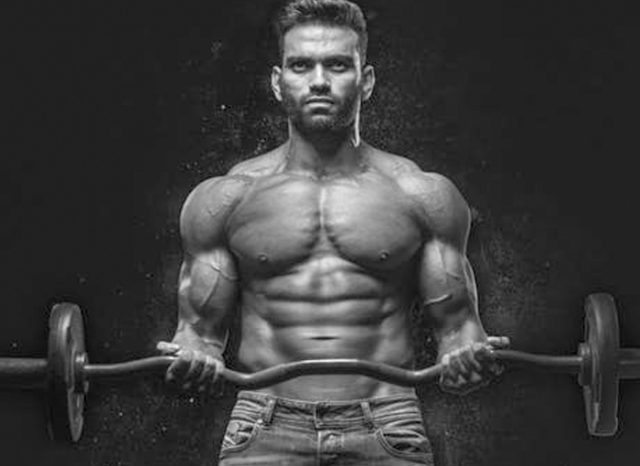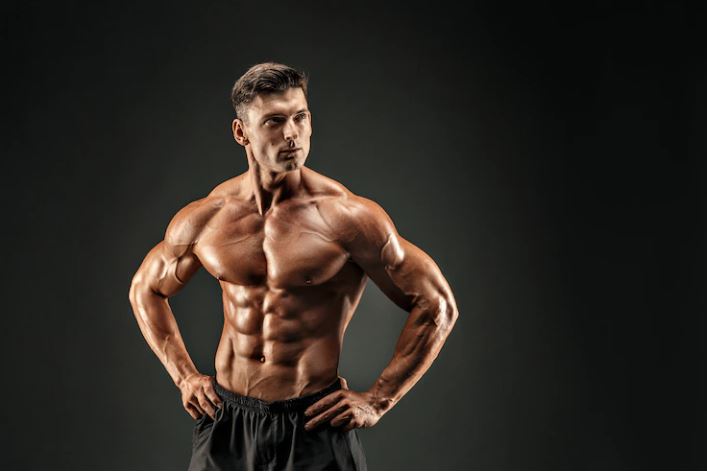If you want to know about muscle strength, you have come to the right place. Muscle strength is often confused with muscular endurance or muscular power when, in fact, they are different concepts. However, there are numerous similarities between them, and they are necessary components of a physical state to enjoy good physical shape.

Applying muscle force is essential to maintaining control over resistance when moving. Both components are responsible for the contraction of specific muscle groups.
What is muscle strength?
First, let’s define what muscle strength is. This is the ability to generate tension at the intramuscular level on a resistance, whether or not there is movement. This means the ability to pull, push, or lift a weight in a single movement.
This force can be measured according to the weight that can be lifted. However, it is usual to differentiate between the strength of the upper body and the lower body, measuring each separately.
Upper body strength is measured by lifting weights on a bench or similar surface, while lower body strength can be measured by deadlifting or leg curls.

To measure relative strength, the ratio between the individual’s body weight and the weight that has been pushed, pulled, or lifted must be taken into account. Therefore, if two people lift the same weight, the one with the lower body weight will have greater relative strength.
What is muscular endurance?
Once you know what muscular strength is, it is time to do the same with the term muscular resistance to understand the difference between the two concepts better.
Although they are commonly used synonymously, muscular endurance is the ability of the muscles to pull, lift, or push a weight for some time.
In this case, the importance lies mainly in the period in which it is possible to carry out said physical effort. Muscular endurance is generally measured by the number of repetitions that can be done in an exercise.
Some examples of muscular endurance are squats, leg curls, or pull-ups.
How to train muscular strength and endurance
Those who seek to increase their muscular strength usually bet on performing exercises in which progressive resistance is sought, thus linking both strength and muscular resistance.
In muscle strength sessions, it is common to exercise, trying to support more weight at the expense of doing fewer repetitions. For this reason, it is advisable to carry out 3-4 exercises for each muscle group, divided into 3-4 series of 6-8 repetitions per group. In this type of training, the recovery time between series and exercises is essential. If not, you could go back to training without enough strength.
It is important to perform progressive repetition exercises for muscular resistance. In these, the weight is lower, but the number of repetitions is higher.
The number of exercises and series is similar to the previous one, 3-4, although the number of repetitions would increase to 10-12 depending on the exercise. In addition, the recovery time between series would be less.

Thanks to muscle strength and endurance training, body hypertrophy allows the muscles to grow while reducing body fat, strengthening bones, and improving physical performance. It also contributes to improving physical appearance.
Exercise routine to improve muscle strength
To improve muscle strength, you should know many different routines. In any case, the base is always made up of multiarticular movements involving different muscle groups.
Some key exercises for improving muscle strength are as follows:
- Squats: Suitable for working the glutes, quadriceps, core, and hamstrings. A good exercise for the work of the lower body.
- Bench presses and pull-ups: Two good options for working the upper body. They strengthen the triceps, shoulders, and chest.
- Deadlifts are perfect for global strength work: They work the femoral muscles, back, glutes, arms, and hamstrings.
These exercises should be the basis of any routine for improving muscle strength. They can also complement other specific exercises and even muscular resistance training exercises, resulting in a better workout.




